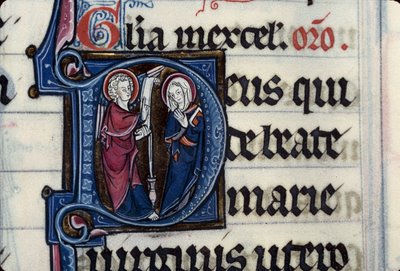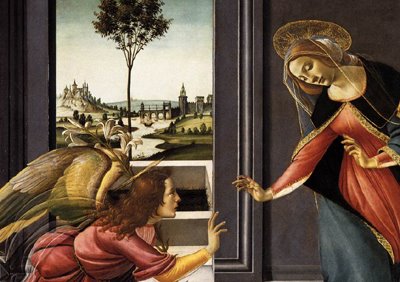According to a report in Le Figaro, the Belgian capital – seat of the European Union, Nato, and several other international organizations – is nearing the completion of a historic cycle from Christianity to Islam. Below is my translation of the story.Islam to be primary religion in Brussels within twenty years Today, one third of the population is Muslim and younger generations are more religiously active.
The European capital will be Muslim in twenty years. At least this is what is confirmed by a study published last week in the daily La Libre Belgique. According to Olivier Servais, a sociologist at the Catholic University of Louvain, nearly a third of the population of Brussels is already Muslim and, due to their high birth rate, practitioners of Islam should be in the majority "in fifteen or twenty years". Since 2001, Mohamed has consistently been by far the most popular first name given to boys born in Brussels.
"You have to put these figures into perspective,” insists Mahfoud Romdhani, Socialist MP and vice-president of the Brussels francophone Parliament. “Not all immigrants from Muslim countries are Muslims! I myself am Muslim culturally, yet I am agnostic. Olivier Servais needs to be cautious about long-term projections since Brussels, as the capital of the European Union, undergoes significant population fluctuations.”
Albeit that, according to
La Libre Belgique, "even if their parents were not religious," in order to facilitate integration in their host country, "the youth show a significant return to religious practice." Some 75% of Muslims consider themselves practicing today. Flemish journalist Hind Fraihi, author of
Infiltrée parmi les Islamistes Radicaux, goes further: "Young people are increasingly radicalized," she says. “They reject Western values - which even worries their parents. In Brussels there are enclaves such as Molenbeek, where one sometimes finds it hard to believe he is in Belgium…”
From the Tafoukte bazaar to the Mohammed jewelry store, music of the Maghreb captivates the passerby. Lined with multicolored plastic buckets, sneakers, and shimmering caftans, the pedestrian zone of the Prado leads to the administrative building of Molenbeek - the Moroccan district of Brussels. Almost all women are veiled and the merchants speak Arabic. "You feel better here than in France or Spain,” says Akim, manager of a clothing store, “Maybe because we are such a large community. It's like a country of itself!"
"Gestures of respect"
Several years ago” says Philippe Moureaux, commissioner of Molenbeek, “Muslims sought me out. They wanted me to be the "president" of their new mosque…." That means that the former minister, although himself agnostic, is well-received by the "large third" of the 83,000 Muslims among its citizens. Creating an advisory council of mosques with local funds, opening of a municipal slaughterhouse during the feast of sacrifice, presentation of an electoral ballot with a majority of Muslims… "These are gestures of respect which have earned me the trust of this community," says the commissioner. “We were very far, some say too far, but for me the only solution is openness."
According to Alain Escada, president of the
Belgium and Christianity association, "We continue to surrender more and more. More and more cafeterias introduce
halal menus at the expense of Christians” he says with regret. “The authorities no longer do their jobs: politicians with a short-term vision are desperate to attract a new electorate, but also the clergy who place Muslims on equal footing with Christians even though they cannot expect anything in return. Look at this archbishop who was just murdered in Iraq!"
For the moment, "the essence of Belgian Islam is peaceful and familial,” insists Olivier Servais, “but one day there may be a clear claim to Islam. I do not exclude the social ramifications." He fears that some communitarian parties could capitalize on the very high rate of unemployment in Brussels (over 20% of the population) which affects the Muslim population in particular.
Jean-Francois Bastin, a 65 year old Belgian sporting a checkered turban and a henna-dyed beard, is known today as Abu Abdullah Abdulaziz Bastin. A convert to Islam, in 2004 he founded the
Young Muslim Party. Abdullah does not shake the hands of women. "It deceives Allah,” he said. “It also deceives the one to whom the hand is offered into believing that you are equal. But I will offer you a big smile!" he quickly added.
“Instrumentalisation”
He himself says that the smiles which some politicians give to Muslims are only a "huge instrumentalization: There is enough of this kind of neocolonialism,” he said. “They claim that they are going to defend us and then they forbid headscarves in schools." In the last municipal elections, the Young Muslim Party, which is represented in only two districts of Brussels, garnered less than 5000 votes. "We can use this as a foundation to require more visible mosques, calls to prayer, cemeteries, schools, retirement homes…” says the convert. “I say to the Muslims: ‘Lose this spirit of the colonized! Colonizers have been expelled from Algeria; perhaps that can happen here’.” "Immigrants," he concludes, “have had enough and maybe ‘too much’ of integration. It is now time for Belgium to adapt."



















































